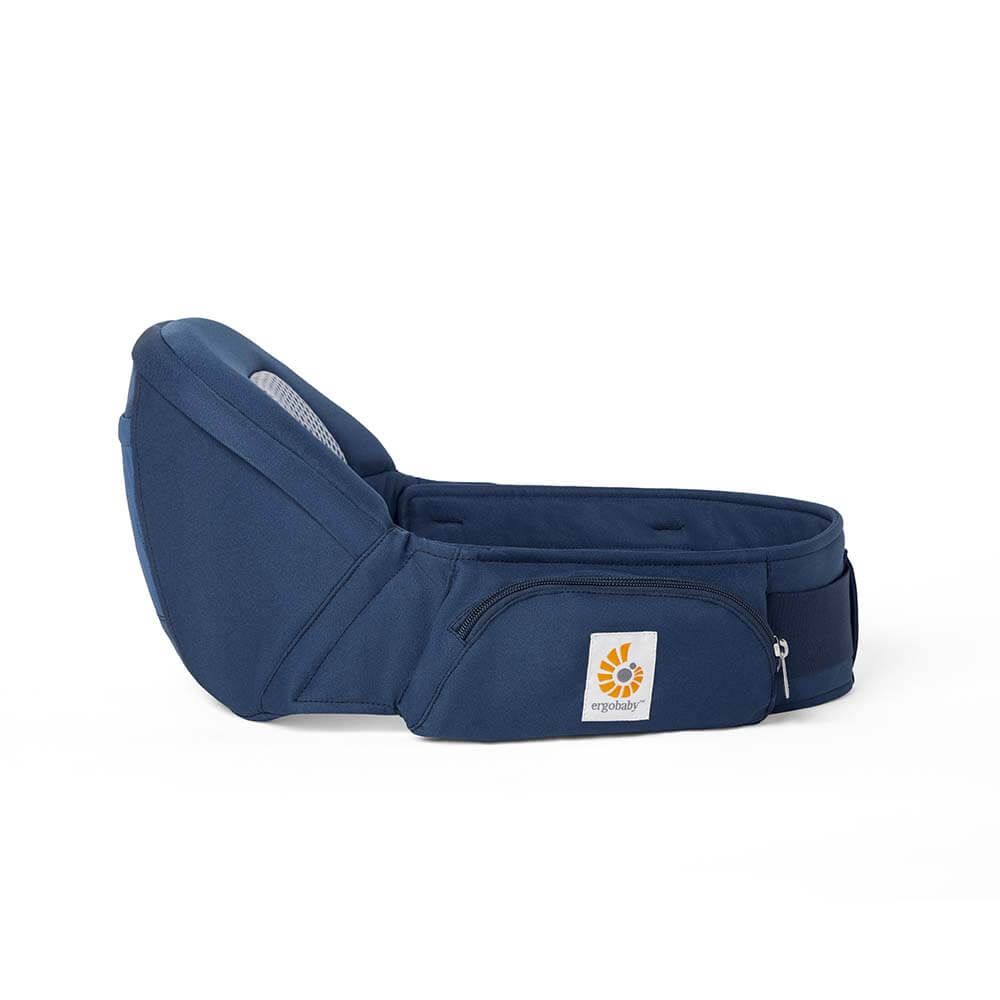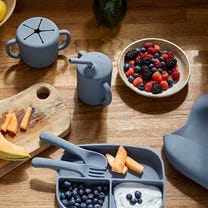

GUPPYFRIEND Washing Bag: captures microplastics
Protect your carrier when washing. Washing Bag helps care for your baby carrier by reducing fiber shedding and capturing plastic microfibers which otherwise would have gone into rivers and oceans.
- Reduces pilling, extending the life of your baby carrier and other synthetic clothes
- Catches and prevents synthetic microfibers from entering the environment through wastewater
- Zip fastening secures laundry items inside for the duration of the wash cycle
- Made from monofilament fabric that doesn’t lose fibers itself
- Keeps the environment front of mind – your daily reminder to reduce your use of plastics
- Patented design and made in Europe
- Size: 50 x 74 cm






















